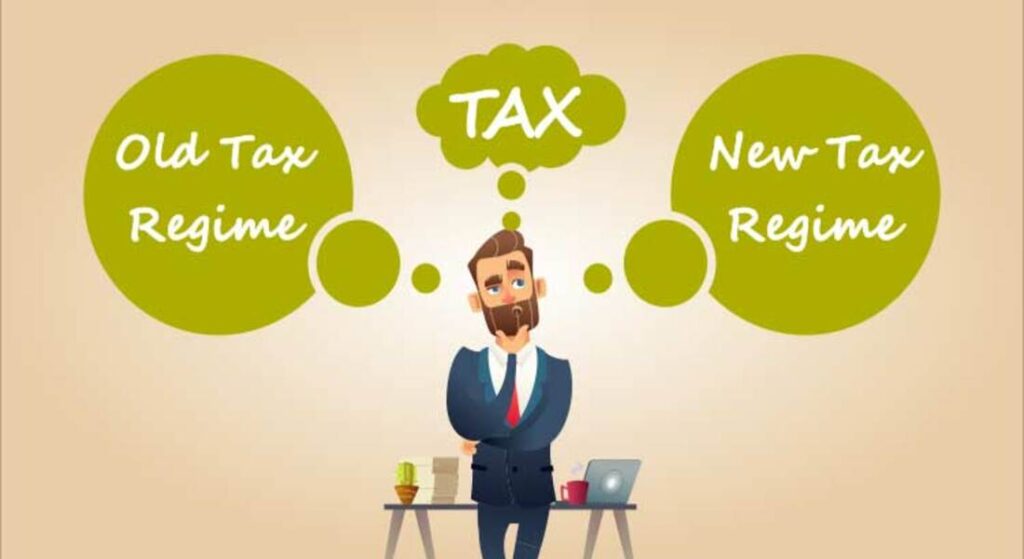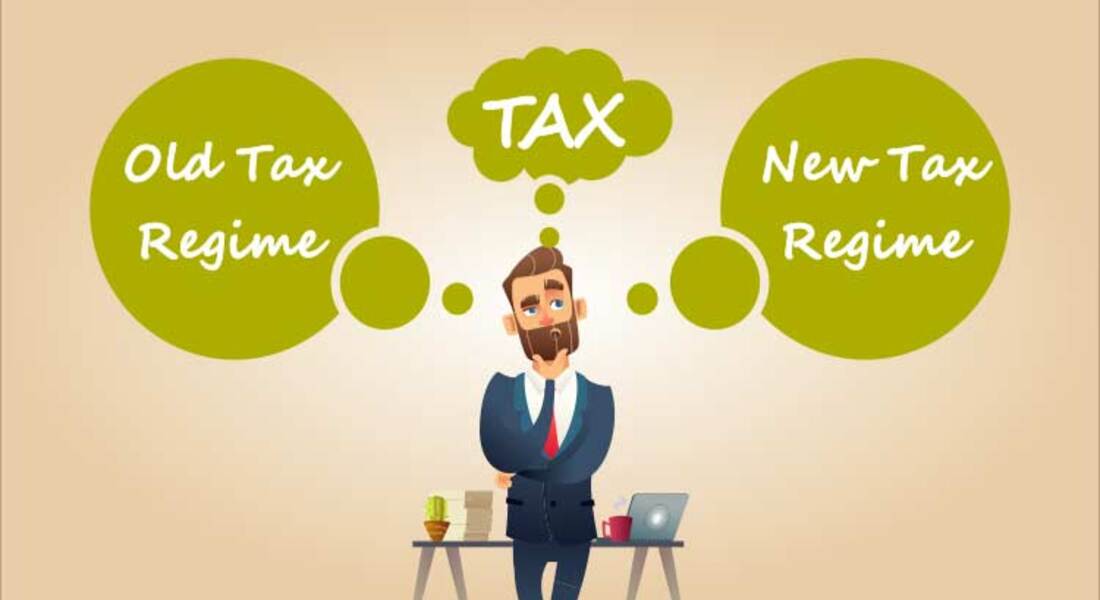
New Tax Regime Vs Old Tax Regime
The Finance Minister, Nirmala Sitharaman presented the Budget 2020 on the 1st of February 2020. Finance Minister had many major announcements including the introduction of the New Tax Regime.
The new tax regime was introduced to simplify taxes and reduce the burden of compliance on taxpayers. The major difference between both of these tax regimes is income tax slab rates as well as the ability to claim exemptions and deductions.
Even 2 years post the introduction of the New tax regime under section 115BAC, the majority of taxpayers filed their ITR under the old tax regime. Hence to promote this new regime in Union Budget 2023-24 the tax slabs were revised for the new regime along with other changes.
Let’s look at both regimes and see which regime to opt for in 2023
New Tax Regime
New Tax Regime was introduced in Budget 2020 wherein the income tax slabs were altered, and taxpayers were offered concessional tax rates. However, those who opt for the new regime cannot claim several exemptions and deductions, such as those for House Rent Allowance, Leave Travel Allowance, 80C and 80D and more. Because of this the new tax regime did not have many takers. The government in Budget 2023 introduced some of the key changes to encourage taxpayers to adopt the new regime. They are:
- Increase in Tax Rebate Limited : Full tax rebate on an income up to ₹7 lakhs has been introduced. Whereas, this threshold is ₹5 lakhs under the old tax regime. This means that taxpayers with an income of up to ₹7 lakhs will not have to pay any tax at all!
2. Increase in Tax Exemption Limit : The tax exemption limit has been increased to ₹3 lakhs and the new tax slabs are
Income between ₹3-6 lakh would be taxed at 5 per cent; ₹6-9 lakh at 10 per cent, ₹9-12 lakh at 15 per cent, ₹12-15 lakh at 20 per cent and income of ₹15 lakh and above will be taxed at 30 per cent.
3. Standard Deduction and Family Pension Deduction
- Salary Income : The standard deduction of ₹50,000, which was only available under the old regime, has now been extended to the new tax regime as well. This, along with the rebate, makes ₹7.5 lakhs as your tax-free income under the new regime.
- Family pension: Those receiving family pension can claim a deduction of: ₹15,000 or 1/3rd of pension, whichever is lower.
4. Reduced Surcharge for High Net Worth Individuals: The surcharge rate on income over ₹5 crores has been reduced from 37% to 25%. This move will bring down their effective tax rate 42.74% to 39%.
5.Higher Leave Encashment Exemption: The exemption limit for non-government employees has been raised from ₹3 lakhs to ₹25 lakhs, an 8-fold increase.
6. Default Regime: Starting from FY 2023-24, the new income tax regime will be set as the default option. If you want to continue using the old regime, you must submit a form at the time of return filing. You will have the option to switch between the two regimes annually.
Old Tax Regime
The old regime is the tax system that prevailed before the introduction of the new regime. Under this regime, there are over 70 exemptions and deductions available, including HRA and LTA, that can reduce your taxable income and lower tax payments. The most popular and generous deduction is Section 80C, which allows for a reduction of taxable income up to Rs.1.5 lakh. The taxpayers are given a choice between the old and the new tax regime.
Old Tax Regime or New Tax Regime : Which is Better ?
The decision to switch to the new or remain in the old tax regime or which regime is better for you shall be based on the tax savings deductions and exemptions you are eligible for in the old tax regime.
Breakeven threshold for deciding between New vs Old tax regimes
The Breakeven point is that amount where there will be no difference in tax liability between the two tax regimes.
If your total eligible deductions and exemptions in the old tax regime are higher than the breakeven threshold for your income level, it is advisable to stay in the old regime. On the other hand, if the breakeven threshold is higher, then moving to the new tax regime is more beneficial.
Here are a few calculations to which will help you decide between old vs the new tax regime:
- When total deductions are ₹1.5 lakhs or less: New regime will be beneficial
- When total deductions are more than ₹3.75 lakhs: New regime will be beneficial
- When total deductions are between ₹1.5lakhs to ₹3.75 lakhs: will depend on your income level
Disclaimer: The materials provided herein are solely for information purposes. No attorney-client relationship is created when you access or use the site or the materials. The information presented on this site does not constitute legal or professional advice and should not be relied upon for such purposes or used as a substitute for legal advice from an attorney licensed in your state.









